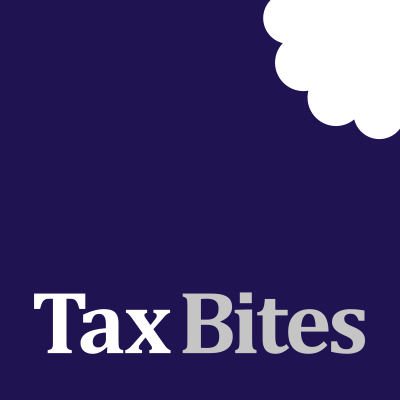
There may be more to capital gains tax groups than you think
7th November 2022
Posted in Articles, Capital Gains Tax by Andrew Marr
The issue
Although many of you will know the basics about capital gains tax groups for companies, one point may surprise you. I will start by recapping on the basic rules and then explain what ‘the twist’ is.
Basic rules of a capital gains group for corporation tax purposes
When assets move between members of a capital gains tax group, they transfer for tax purposes at ‘no gain, no loss’. This means that the acquisition cost in the recipient member is treated as being equivalent to the cost of the asset and any available indexation (which is only available up to December 2017). Should the recipient group member then leave the group within six years of the transfer while still holding the asset then there will be a ‘degrouping charge’ that will fall on the disposing member.
But what constitutes a capital gains tax group? The basic points here are as follows:
1. There needs to be at least 75% ownership between direct group members of ordinary share capital.
2. There also needs to be more than 50% beneficial ownership of profits and assets between direct members and indirect members.
Example
Company A has 75% beneficial ownership of Company B which has 75% beneficial ownership of Company C which has 75% beneficial ownership of Company D. Therefore, B and C are in a group with A (A has 75% and 56.25% beneficial ownership respectively) but D is not (A only has 42.19% beneficial ownership).
‘The Twist’
What about if in the above example C transfers an asset to D? I suspect that many of you may say that the asset would transfer at nil gain, nil loss on the basis that D is a 75% subsidiary of C, but here lies ‘the twist’. A capital gains tax group is defined by reference to its principal company of which there can be only one. Therefore, a transfer from C to D would be treated as taking place at market value rather than benefitting from the ‘nil gain, nil loss’ rule.
Forbes Dawson view
Although groups will often have a 100% relationship (and so the above point will not apply) this ‘twist’ shows the importance of understanding the overall group structure before making judgements about whether a transaction will take place at ‘nil gain, nil loss’. It is not possible to make a conclusive judgement about the treatment of asset transfers between companies with less than a 100% ownership structure without having full group information.



